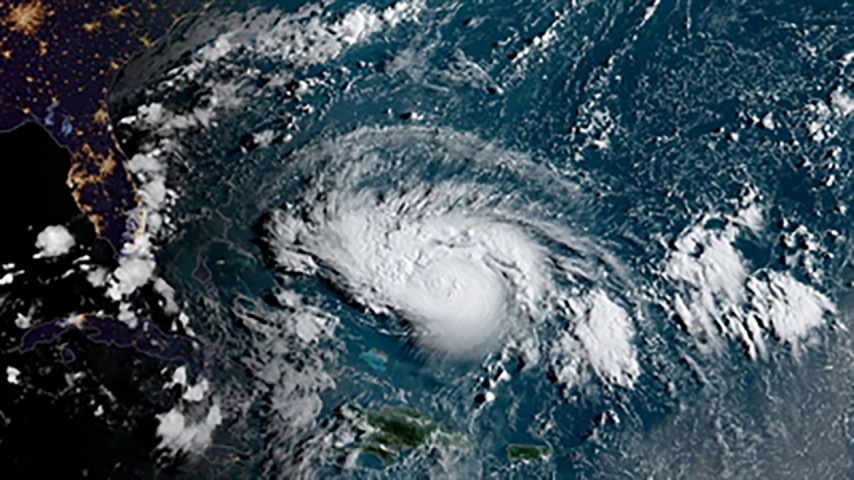
News reports say Hurricane Dorian is expected to be a Category 4 storm with 140 mph winds and could land in Florida as early as this evening.
If this happens, Dorian would be the strongest hurricane to strike the east coast of Florida in nearly three decades. The last storm of this caliber was Hurricane Andrew in 1992.
The 2018 Atlantic hurricane season was the third consecutive season with above-average storms. These storms caused more than $50 billion in damages.
This included Hurricane Michael -- the first Category 5 hurricane to hit the U.S. since Andrew. Michael made landfall near Mexico Beach, Florida, on Oct. 10.
The National Institute of Building Sciences is hard at work behind the scenes to help protect you, your home, and loved ones.
It Starts With Timing
Hurricane season is here until after Thanksgiving -- the season doesn’t actually end until Nov. 30.
So whether or not you’re close to a storm, you may be affected. The outer bands of a hurricane come with storm surge, precipitation, and high winds.
There are measures governments, building owners, developers, and tenants can take to reduce the impacts of a hurricane or damaging storm. These measures—called mitigation—can result in significant savings.
What You Can Do
It’s critical to take time to assess your home and its surroundings.
- Start gathering information that quickly can be accessed should a natural disaster occur. You need a list of contacts – family members, hospitals, local law enforcement, schools, power companies, and insurance information. Sign up for your community’s emergency alerts.
- Pull together a basic emergency supplies kit – this should include fresh water, non-perishable food, dry clothing, flashlight, batteries, first-aid kit, dust mask, personal sanitation items, radio (or some way to stay connected on what’s happening), and blanket. Think ahead of where this emergency kit will be placed within your home and be sure to assemble one for every member of your family, including the furry ones.
- Have an evacuation plan and know that depending on the circumstances, it may change. Brief your family on the plan and their individual roles or duties.
Prepare Your Home
Now that you’ve assessed your surroundings and collected supplies, let’s address your home. Take inventory of valuables and personal belongings, and make sure your insurance policy is up to date.
As far as hurricane-proofing your home as best as humanly possible, there are many affordable ways to pull this off.
- Unplug electronics and install surge protection throughout your house for the things that must stay plugged in. The aim is to minimize the chance of fire.
- Cover the outdoor air conditioning unit. This will help protect against flying debris and other things that may get lodged inside the unit.
- Speaking of flying debris, trim trees and clear away loose debris from around your property. This includes lawn furniture and decorations.
- Don’t forget to check gutters and drains. In the event of flooding and high water, this step is critical to minimizing standing water.
- Stock up on plywood and secure and seal windows and doors. If you have a garage door, don’t forget to brace it. This will help ensure wind or water damage doesn’t enter the house from the garage.
- Check your sump pump to make sure it’s in working order.
The Hard Truth
Every state in the nation is at risk to more than one kind of natural disaster. When it comes to hurricanes: Approximately 127 million people are exposed.
In 1990, just before Hurricane Andrew struck, new buildings built to the 1990 BOCA National Building Code or 1991 Standard Building Code had several vulnerabilities when subjected to high hurricane winds. Specifically, poor connections between roofs and walls, loss of roof decking, increased internal pressures, and water intrusion from windborne debris resulted in widespread hurricane wind damage.
Since 1990, building codes have been strengthened based on lessons learned after later hurricanes. Today, modern building codes have improved our disaster resilience to hurricanes and floods by serving as the baseline to protect our built environment and setting the minimum safety requirements for structures.
The National Institute of Building Sciences has found that compared with a generation ago, code development in these areas saves an estimated $11 for every $1 invested in mitigation efforts.
Let’s be social! We’re @bldgsciences on Twitter, or you can find us on Facebook.




